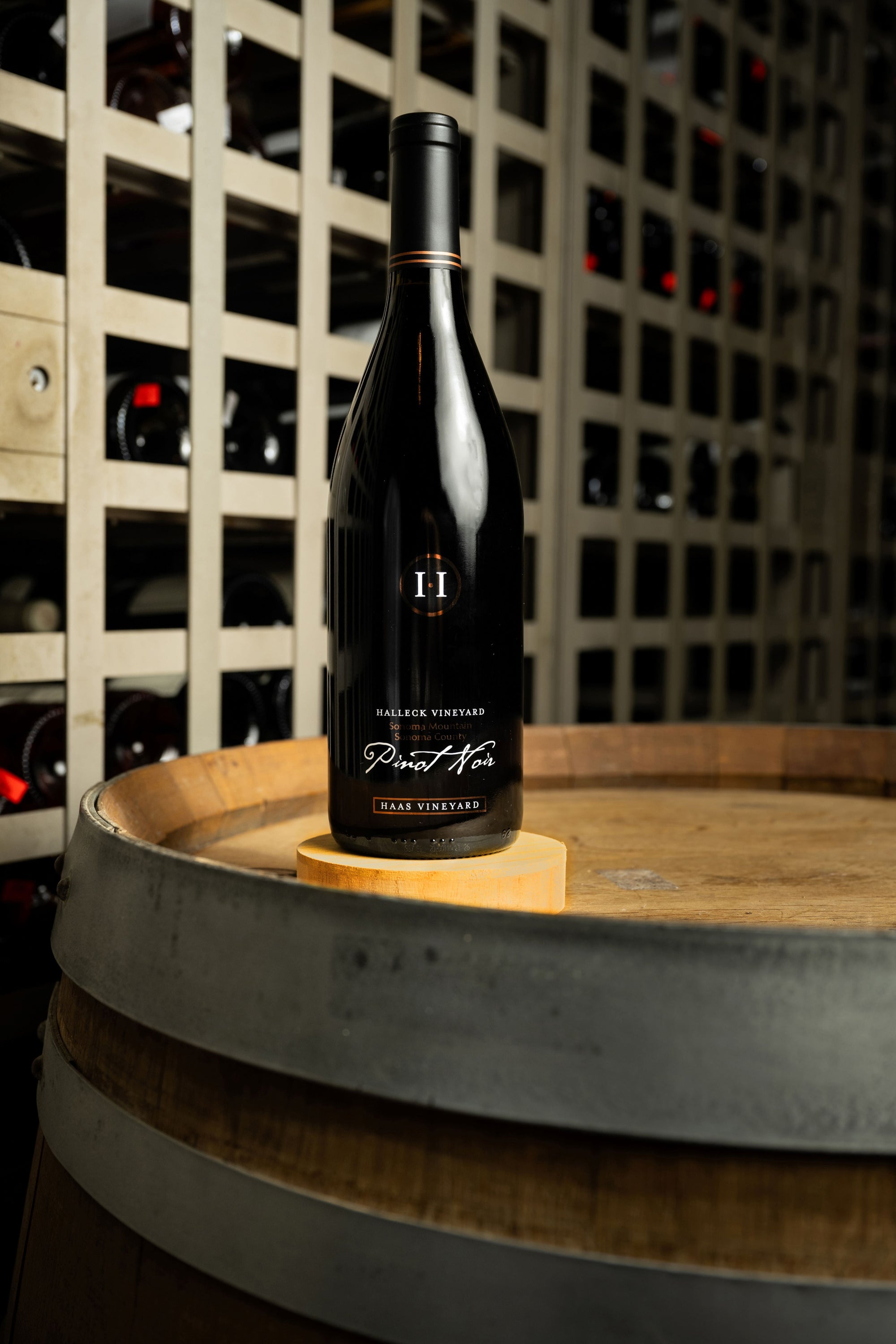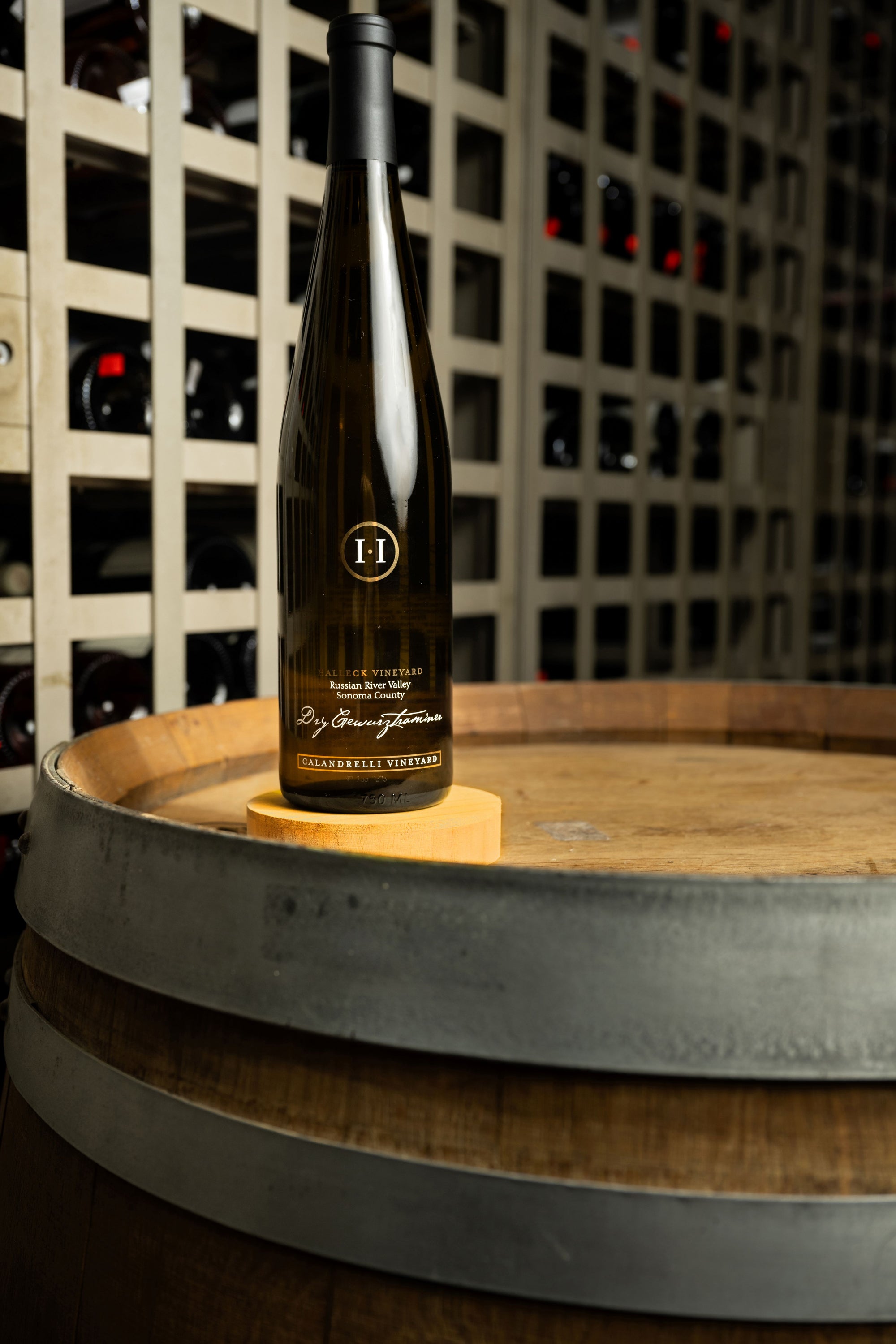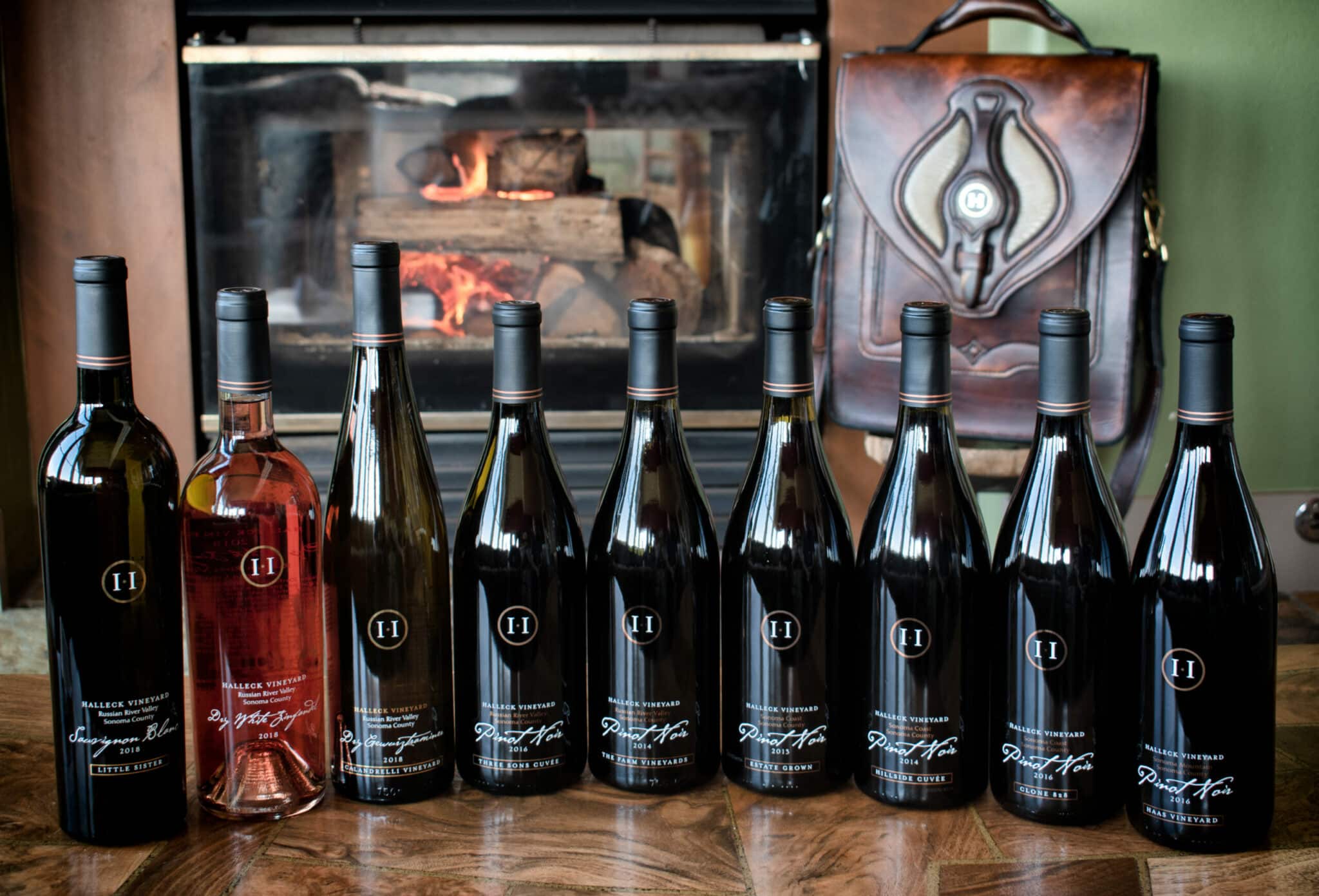Wineries With Educational Tours In Sonoma - Sebastopol Wine Country Vineyards Adventure
Wineries With Educational Tours In Sonoma - Sebastopol Wine Country Vineyards Adventure
Blog Article
Wineries Known For Their Beautiful Gardens - Wineries With Outdoor Tastings In Sebastopol
Wine tasting is an art that requires practice and an understanding of various elements involved within the course of. One crucial factor of wine tasting is the development and interpretation of tasting notes, which function a guide for both novices and seasoned connoisseurs. A Guide To Understanding Winery Wine Tasting Notes can improve your wine-tasting experience, making it extra meaningful and enjoyable.

Tasting notes are concise descriptions that seize the essence of a wine’s flavors, aromas, and general character. Usually composed by professional tasters, winery tasting notes provide insights into the nuances of various wines. They may help wine enthusiasts understand what to anticipate from a particular bottle. Nevertheless, tasting notes can range widely in style and element primarily based on the writer's experience and palate.
Unique Wine And Food Pairings In Sonoma - Top Sonoma Wineries To Visit
When you first strategy a glass of wine, your senses will begin to interact instantly. The sight, scent, and style of the wine will converge to give you a whole experience. Tasting notes usually start with the visual assessment, the place the color of the wine is taken into consideration. Color performs a big role in indicating the wine’s age, grape selection, and even its flavor profile.
After assessing the visual facet, the next step includes swirling the wine in the glass. This motion aerates the wine, permitting its aromas to awaken. Smelling the wine offers critical insight into its complexity. The preliminary sniff can ship a flood of scents which will embrace fruity, floral, herbal, or earthy notes. This is commonly probably the most subjective part of tasting, as individual experiences can dramatically differ.
In winery tasting notes, descriptors are often categorized into major, secondary, and tertiary aromas. Primary aromas normally stem from the grape variety, secondary aromas derive from fermentation processes, and tertiary aromas come up from aging. Understanding these classes may help you respect the depth of a wine, and so they additionally provide the vocabulary to express your experience higher.
Top Rated Wine Experiences In Sebastopol - Wine Tasting Experiences In Sonoma Valley
Following the olfactory encounter, your focus will shift to the taste of the wine. This is the place the first characteristics—sweetness, acidity, tannins, alcohol—come into play. Tasting notes typically detail these flavors in multiple dimensions, together with the preliminary assault on your palate to the lingering finish in your tongue. A high-quality wine will current a harmonious balance between these factors.
Whereas tasting, it is important to ponder the body of the wine, which may be described as light, medium, or full. The physique contributes considerably to your total impression, helping you think about how the wine pairs with food or whether it stands alone as a sipping wine. Balancing the physique with the other characteristics will give you a fuller understanding of what the wine has to supply.
The finish of the wine, also referred to as the aftertaste, is one other important side often included in tasting notes. A lengthy, pleasant end often indicates a higher quality wine, while a brief or cloying aftertaste could counsel otherwise. Evaluating the finish can supply additional perception into the wine's complexity and distinction.
Understanding the context of winery tasting notes can be valuable. Tasting notes can provide contextual information about the winery's location, climate, and grape-growing practices. This context provides one other layer of appreciation for the wine, allowing enthusiasts to connect the sensory experience with its origins, thus enhancing the enjoyment further.
Elegant Wine Tasting Locations In Sonoma - Discovering Sebastopol's Wineries
Many wineries present tasting notes on their websites or labels, typically written in an approachable yet informative style. However, not all winery tasting notes are created equal. Some could additionally be overly technical, whereas others might prioritize marketing aptitude over insightful evaluation. Learning to navigate these notes can arm you with the information to make informed decisions when selecting wines.
Collaborating in tastings at wineries can even explanation deepen your understanding of wine tasting notes. Interacting with knowledgeable workers can give you a more hands-on method to exploring completely different wines and the language used to explain them. Wine Tasting Experiences With Local Cheese. You Will have the opportunity to ask questions, interact in discussions, and potentially refine your palate in actual time.
Experimentation is crucial for mastering wine tasting notes. As you pattern completely different he has a good point wines, attempt making your personal notes. Focus on describing the wine’s color, aroma, taste, and end. Over time, you’ll develop a personal vocabulary that resonates with your sensory experiences. Every note you create will help refine your palate, permitting you to appreciate wines at a deeper degree.
Vintage Wine Tasting Experiences In Sebastopol - The Charm Of Sonoma Wineries
In conclusion, a Guide To Understanding Winery Wine Tasting Notes provides a comprehensive framework for diving into the world of wines. It equips you with the strategies and language necessary to articulate your experiences. Whether you are a informal drinker or a devoted aficionado, understanding and using tasting notes can profoundly influence your wine journey. This data not only enhances your enjoyment but also connects you deeply with the wealthy narratives every bottle tells. By embracing this journey, you turn into a part of the attractive mosaic of wine tradition, the place every sip unveils a new story ready to be found.
- Wine tasting notes usually embody a selection of sensory descriptions, including aroma, flavor, acidity, body, and end, permitting tasters to totally respect the wine's characteristics.
- To enhance your understanding, familiarize yourself with frequent wine terminology corresponding to "tannins," "oakiness," or "terroir," which may help decipher the notes extra effectively.
- A systematic approach to tasting involves first visually assessing the wine's color and clarity, adopted by swirling to launch aromas, then inhaling and describing what you experience.
- Taking notes during tasting can help establish patterns over time, bettering your palate and making it simpler to recall preferences for future alternatives.
- Don't overlook the influence of food pairings; tasting notes can differ significantly when a wine is enjoyed with complementary flavors, altering perception and delight.
- Pay attention to the wine’s vintage, as climatic conditions in a given yr can considerably have an result on the final product, adding another layer to the tasting notes.
- Consider the winemaker's style and philosophy, which might form the wine's profile and influence how its notes evolve with each sip.
- Training with different grape varieties can broaden your vocabulary; every sort brings unique traits that can improve your capacity to articulate tasting notes effectively.
- Participating with wine professionals or attending tasting events can present valuable insights, providing a richer context for understanding personal tasting notes.
- Remember that tasting is subjective; individual preferences and experiences will shape one’s interpretation of the same wine, enriching the overall enjoyment of wine exploration.
What are wine tasting notes?
Wine tasting notes are descriptive comments made by tasters about the look, aroma, style, and end of a wine. They present an summary of the wine's characteristics and might help shoppers perceive the style and high quality of the wine.
Wineries With Unique Wine Blends - Sonoma's Best Vineyards
Why are tasting notes necessary when deciding on wine?
Tasting notes can guide you in choosing a wine that suits your palate. They provide insights into flavors and aromas, helping you to match wines with food or occasions. Understanding these notes enhances your total wine experience.
How ought to I read wine tasting notes?
(Upcoming Wine Festivals In Sonoma County)
Wineries With Unique Tasting Experiences - Sonoma Vineyards To Explore

When studying wine tasting notes, take note of the construction: look for descriptions of shade, aroma, flavor, and end. This will assist you to grasp the wine's profile and decide if it aligns with your preferences.
What phrases commonly appear in wine tasting notes?
Common terms embody "tannin" (the structure), "acidity" (the crispness), "body" (the weight), and numerous flavor descriptors like "fruity," "earthy," or "spicy." Familiarizing your self with these terms can deepen your understanding of wine.
Upcoming Wine Festivals In Sonoma County - Sonoma County's Best Wine Experiences

Can I create my very own tasting notes?
Yes! Writing your individual tasting notes can improve your wine tasting experience. Focus in your observations of style, aroma, and other sensory characteristics. This personal practice might help you refine your palate over time.
How do I identify the aromas in wine tasting notes?
Best Wineries For Wine Tasting In Sonoma - Enjoying Wine In Sebastopol
To establish aromas, practice smelling a variety of scents and associating them with wines. Swirl the wine in your glass to release its aromas, then take a moment to breathe in deeply before identifying any outstanding scents.

What is the difference between professional and private wine tasting notes?
Professional tasting notes might use extra technical language and specific terminology, whereas personal tasting notes are subjective and replicate individual experiences. Each are priceless for understanding and enjoying wine, but personal notes could resonate extra with your distinctive tastes.
How can tasting notes enhance my wine appreciation?
Cultural Wine Experiences In Sonoma County - Wineries For Casual Tastings In Sonoma
Tasting notes can enhance your appreciation by helping you to understand and articulate the complexities of wine. They encourage mindful tasting and provide a framework for comparing different wines, resulting in a richer enjoyment of the beverage.
Are there any apps or instruments to assist with wine tasting notes?
Sure, there are several apps designed to help users record and manage their tasting notes. These instruments usually supply features like flavor wheel guides and wine database searches, making it easier to track your journey by way of completely different wines. Report this page